Home>Furniture & Design>Living Room Furniture>How To Stop A Dining Table From Moving
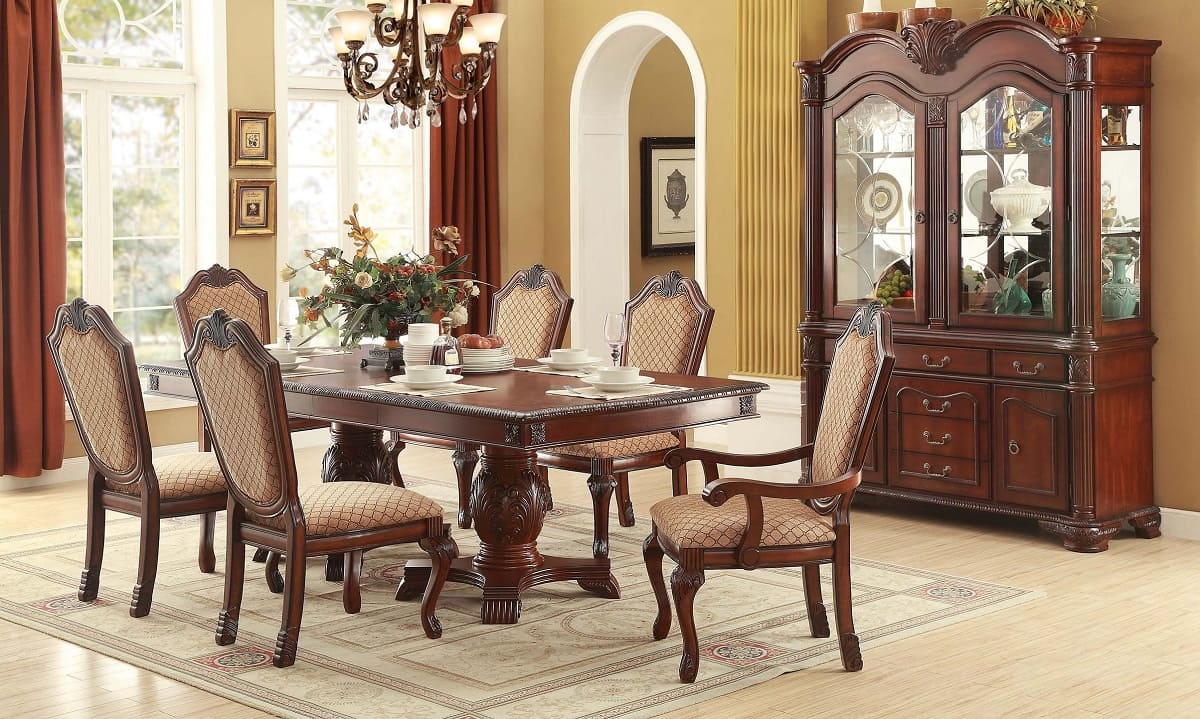

Living Room Furniture
How To Stop A Dining Table From Moving
Published: January 4, 2024
Learn how to prevent your living room furniture, particularly your dining table, from shifting or sliding with these effective tips and solutions. Keep your furniture in place and create a stable and safe environment.
(Many of the links in this article redirect to a specific reviewed product. Your purchase of these products through affiliate links helps to generate commission for Storables.com, at no extra cost. Learn more)
Introduction
When it comes to creating a cozy and inviting dining area, a stable and secure dining table is crucial. Few things are more frustrating than sitting down to enjoy a meal, only to have the table wobble or move with every movement. The constant shifting not only disrupts the dining experience but also poses potential safety hazards. Fortunately, there are several effective solutions to prevent a dining table from moving, ensuring a more enjoyable and secure dining environment for you and your guests.
In this comprehensive guide, we will explore various practical methods to stabilize your dining table and put an end to the annoying wobbling. Whether you have a hardwood, tile, or carpeted floor, these strategies are designed to address the issue and provide a stable foundation for your dining table. From using non-slip mats to adjusting table legs and adding braces or anchors, we will cover a range of effective techniques to keep your dining table firmly in place. By understanding the underlying causes of table movement and implementing the appropriate solutions, you can transform your dining area into a stable and comfortable space for shared meals and gatherings. Let's delve into the details and bid farewell to the frustration of a wobbly dining table.
Key Takeaways:
- Say goodbye to wobbly dining tables by using non-slip mats, adjusting table legs, and adding braces or anchors. Create a stable and secure dining space for enjoyable meals and gatherings.
- Understanding the causes of table wobbling and assessing your dining area’s dynamics are crucial for choosing the right stabilization method. Incorporate practical solutions to eliminate wobbling and ensure a comfortable dining experience.
Read more: How To Move A Dining Table
Understanding the Problem
Before delving into the solutions, it’s essential to understand why dining tables tend to move or wobble. Several factors can contribute to this issue, and identifying the root cause is crucial in determining the most effective remedy.
Uneven floors are a common culprit when it comes to table instability. Whether your dining area features hardwood, tile, or carpeted flooring, even minor irregularities in the floor surface can lead to an unstable table. Additionally, the design of the table itself, particularly the type of legs and their attachment to the tabletop, can impact its stability. Over time, wear and tear or improper assembly may cause the table legs to become unbalanced, resulting in unwanted movement.
Another factor to consider is the weight distribution on the table. Placing heavy items or unevenly distributed loads on the tabletop can cause the table to shift or wobble, especially when pressure is applied. Furthermore, environmental factors such as temperature and humidity fluctuations can affect the materials of the table legs and the floor, potentially exacerbating the problem.
Understanding these underlying causes of table movement is the first step in effectively addressing the issue. By considering the specific factors contributing to the instability of your dining table, you can choose the most suitable solution to stabilize it and create a secure dining environment for you and your guests.
Assessing the Situation
Before implementing any stabilization method, it’s crucial to assess the specific dynamics of your dining table and its surroundings. Start by examining the condition of the table legs and their connection to the tabletop. Check for any loose or damaged components that may compromise the stability of the table. Additionally, inspect the flooring beneath the table for any unevenness or irregularities that could contribute to the wobbling.
Consider the material and design of your dining table. Solid wood, glass, and metal tables may require different stabilization approaches based on their construction and weight distribution. Take note of any existing accessories or decorative elements on the table, as these items can affect its balance and movement.
Next, evaluate the flooring in your dining area. Whether it’s hardwood, tile, laminate, or carpet, the type of flooring can influence the effectiveness of various stabilization methods. Look for signs of wear and tear, as well as any areas of the floor that may be slightly raised or uneven.
Consider the typical usage of the dining table. Do you frequently host gatherings or have young children who may inadvertently put extra pressure on the table? Understanding how the table is used can help you anticipate the specific stability challenges it may face.
By thoroughly assessing the condition of your dining table, its surroundings, and the typical usage scenarios, you’ll be better equipped to choose the most appropriate method for stabilizing it. This proactive approach will ensure that the chosen solution effectively addresses the specific factors contributing to the table’s movement, resulting in a stable and secure dining setup.
Using Non-Slip Mats
Non-slip mats, also known as anti-skid or grip pads, are an effective and versatile solution for stabilizing a dining table on various types of flooring. These specialized mats are designed to provide traction and prevent furniture from sliding or shifting, making them ideal for addressing the wobbling issue.
To use non-slip mats, start by selecting the appropriate size and thickness based on the dimensions of your dining table legs. These mats are available in various materials, including rubber, silicone, and felt, each offering unique benefits such as durability, moisture resistance, and floor protection. Place the non-slip mats under each table leg, ensuring a secure and flush fit between the mat and the floor surface.
Non-slip mats are particularly effective on smooth surfaces such as hardwood, laminate, or tile flooring. The enhanced grip provided by the mats creates a stable foundation for the table, minimizing unwanted movement caused by minor floor irregularities or external forces. Additionally, these mats can help protect the floor from scratches and dents that may result from the table’s movement.
When using non-slip mats, it’s important to periodically check and clean them to maintain their effectiveness. Over time, dust, debris, and moisture can accumulate on the mats, reducing their traction. Regularly inspect the condition of the mats and replace them if signs of wear or deterioration are observed.
Non-slip mats offer a practical and straightforward solution to stabilize a dining table, providing enhanced grip and stability on various flooring surfaces. By incorporating these mats into your dining area, you can enjoy a secure and wobble-free table, creating a more comfortable and enjoyable dining experience for you and your guests.
Place rubber pads or grippers under the table legs to prevent sliding on smooth floors. Alternatively, use a tablecloth with a non-slip backing to keep the table in place.
Adjusting the Table Legs
One of the most direct and effective methods to stabilize a wobbly dining table is to adjust the table legs to ensure even contact with the floor. Uneven leg length or improper alignment can lead to instability, causing the table to wobble or shift with minimal force. By addressing these leg-related issues, you can significantly improve the table’s stability and create a more secure dining environment.
Start by carefully examining each table leg to identify any discrepancies in length or positioning. If the legs feature adjustable feet, use a measuring tool to ensure uniform height across all legs. Adjust the feet accordingly to eliminate any unevenness and achieve consistent contact with the floor surface. For tables with fixed legs, consider using shims or leg extensions to compensate for any discrepancies and create a level base.
It’s important to test the stability of the table after making leg adjustments. Apply gentle pressure to different areas of the tabletop to assess whether the wobbling has been mitigated. Fine-tune the leg adjustments as needed until the table remains stable and level under normal use.
When adjusting the table legs, take into account the type of flooring in your dining area. For hardwood or tile floors, consider using protective pads or glides on the table legs to prevent scratches and minimize friction. Additionally, periodically check and readjust the table legs to account for any changes in the floor surface or the table’s structural integrity.
By carefully adjusting the table legs to ensure uniform contact with the floor, you can effectively eliminate wobbling and create a stable foundation for your dining table. This simple yet impactful solution enhances the overall dining experience, providing a secure and reliable surface for meals and gatherings.
Read more: How To Stop A Rug From Moving On A Carpet
Adding Braces or Anchors
For dining tables that exhibit persistent wobbling or instability, adding braces or anchors can provide a durable and long-term solution to reinforce the table’s structure and prevent movement. Braces and anchors are particularly beneficial for addressing stability issues stemming from the table’s design, construction, or prolonged usage.
When considering braces, assess the underside of the tabletop to identify areas where additional support can be beneficial. Depending on the table’s design, you can attach L-shaped metal braces or wooden reinforcements to strengthen the connection between the tabletop and the legs. Secure the braces using appropriate hardware, ensuring a snug and stable fit that enhances the overall rigidity of the table.
Similarly, anchors can be utilized to affix the table to the floor, providing an extra layer of stability. This approach is especially effective for heavy or large dining tables that are prone to shifting or wobbling due to their weight and size. Anchors can be installed discreetly beneath the table legs, utilizing screws or adhesive anchors to create a secure connection with the floor.
When adding braces or anchors, it’s important to consider the aesthetic and functional aspects of the dining table. Choose materials and finishes that complement the table’s design while ensuring that the added reinforcements do not obstruct legroom or impede the table’s usability.
Additionally, consult with a professional or refer to the table’s manufacturer guidelines to ensure that the chosen braces or anchors are compatible with the table’s construction and materials. Proper installation and reinforcement techniques will maximize the effectiveness of these stability-enhancing additions, providing a secure and steadfast dining surface.
By incorporating braces or anchors into your dining table’s structure, you can fortify its stability and minimize unwanted movement, creating a reliable and secure centerpiece for shared meals and gatherings. This proactive approach to stabilization ensures that your dining area remains a comfortable and inviting space for enjoying memorable dining experiences.
Using Adhesive Pads
Adhesive pads offer a convenient and versatile solution for stabilizing a dining table on various types of flooring, providing an effective barrier against movement and wobbling. These pads, often made of felt, rubber, or silicone, are designed to be affixed to the underside of table legs, creating a cushioned and non-slip contact point with the floor.
To utilize adhesive pads, start by selecting the appropriate size and material based on the dimensions and weight of your dining table. Opt for high-quality pads that offer durable adhesion and reliable floor protection. Clean the underside of each table leg thoroughly to ensure proper adhesion, and then affix the adhesive pads securely to create a stable and non-abrasive contact surface.
Adhesive pads are particularly effective on hardwood, tile, or laminate flooring, where they provide a cushioned buffer that minimizes friction and prevents the table from sliding or wobbling. The soft, yet resilient nature of these pads also helps protect the floor from scratches and dents that may result from table movement.
Regularly inspect the condition of the adhesive pads and replace them if signs of wear or deterioration are observed. Over time, dust, debris, and moisture can affect the pads’ adhesion and effectiveness, necessitating periodic maintenance to ensure consistent stability.
When using adhesive pads, consider the specific weight distribution and usage patterns of your dining table. Opt for thicker or reinforced pads for heavier tables, and assess the frequency and intensity of table movement to determine the optimal pad material and thickness.
By incorporating adhesive pads into your dining table setup, you can effectively minimize wobbling and shifting, creating a stable and secure foundation for shared meals and gatherings. This simple yet impactful solution enhances the overall dining experience, ensuring that your dining area remains a comfortable and inviting space for enjoying memorable moments with family and friends.
Conclusion
Stabilizing a dining table to prevent movement and wobbling is essential for creating a secure and inviting dining environment. By understanding the underlying causes of table instability and implementing appropriate solutions, you can transform your dining area into a stable and comfortable space for shared meals and gatherings.
From using non-slip mats and adhesive pads to adjusting table legs and adding braces or anchors, a range of effective methods are available to address the wobbling issue. Each solution offers unique benefits and considerations, allowing you to choose the most suitable approach based on your specific table and flooring dynamics.
Thoroughly assessing the condition of your dining table, its surroundings, and the typical usage scenarios is crucial in determining the most appropriate stabilization method. By taking a proactive approach and addressing the root causes of table movement, you can effectively eliminate wobbling and create a stable foundation for your dining table.
Whether your dining area features hardwood, tile, laminate, or carpeted flooring, these stabilization methods are designed to provide a secure and reliable dining surface. By incorporating these solutions into your dining area, you can enjoy a stable and wobble-free table, ensuring a more comfortable and enjoyable dining experience for you and your guests.
Implementing these practical strategies not only enhances the functionality of your dining table but also contributes to the overall ambiance and comfort of your dining area. With a stable and secure table as the centerpiece, you can create lasting memories and meaningful connections during shared meals and gatherings.
By leveraging the insights and techniques outlined in this guide, you can bid farewell to the frustration of a wobbly dining table and embrace a dining space that exudes stability, comfort, and warmth.
Frequently Asked Questions about How To Stop A Dining Table From Moving
Was this page helpful?
At Storables.com, we guarantee accurate and reliable information. Our content, validated by Expert Board Contributors, is crafted following stringent Editorial Policies. We're committed to providing you with well-researched, expert-backed insights for all your informational needs.
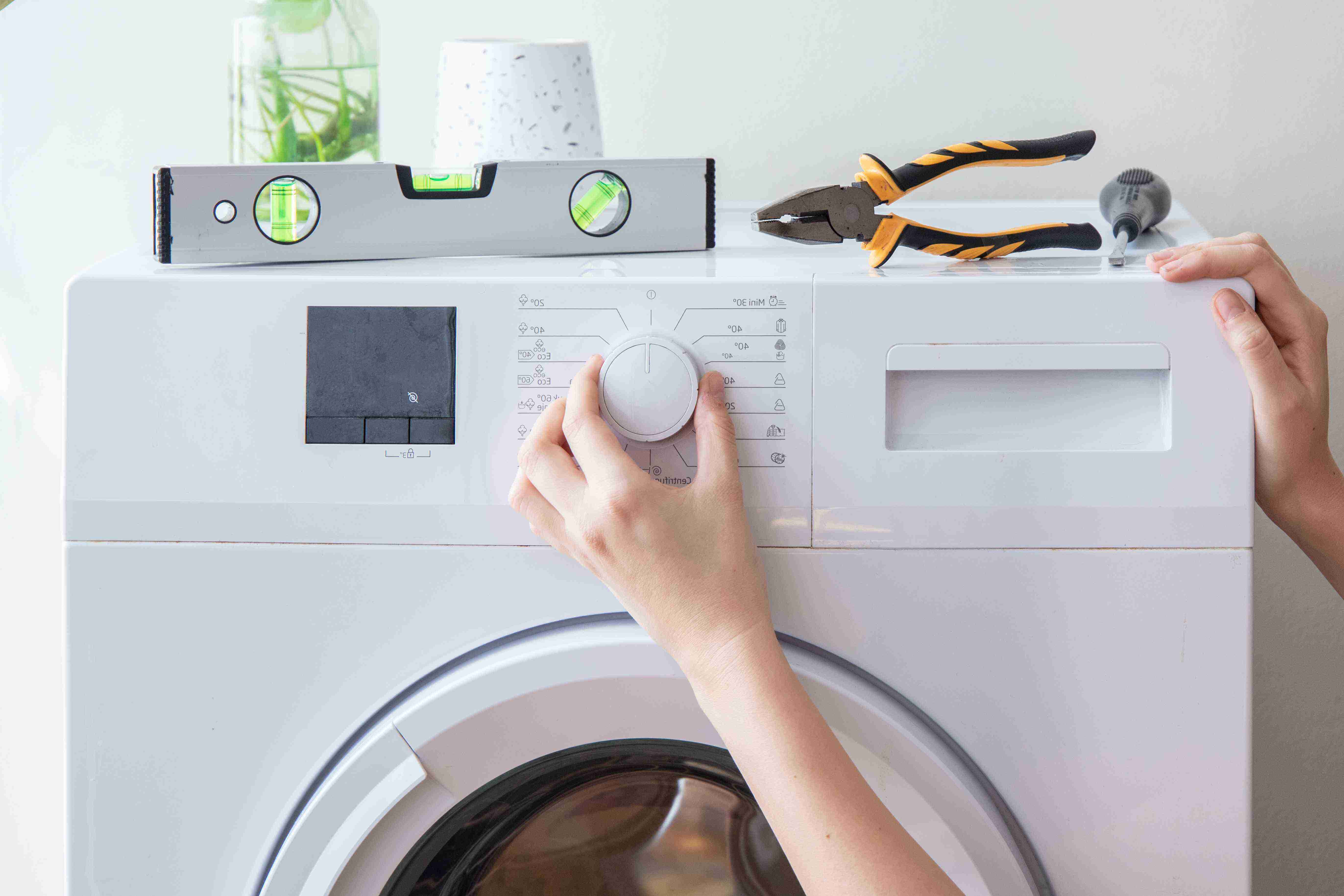
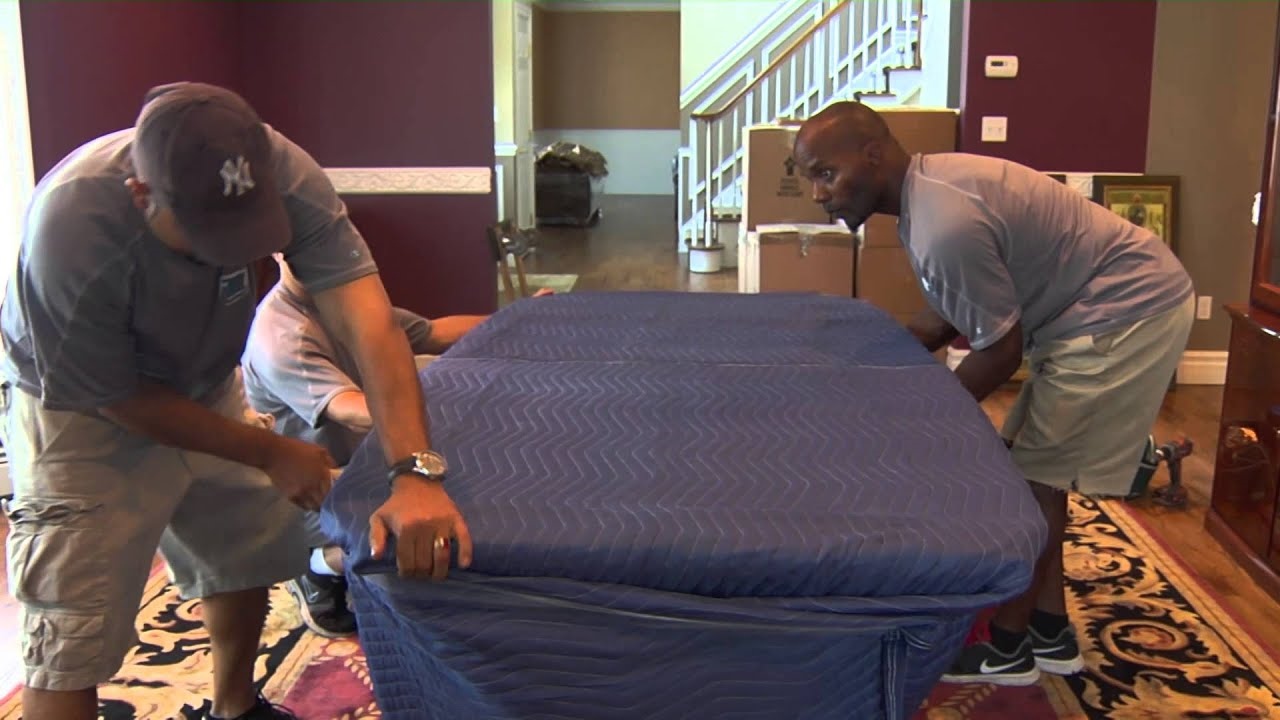
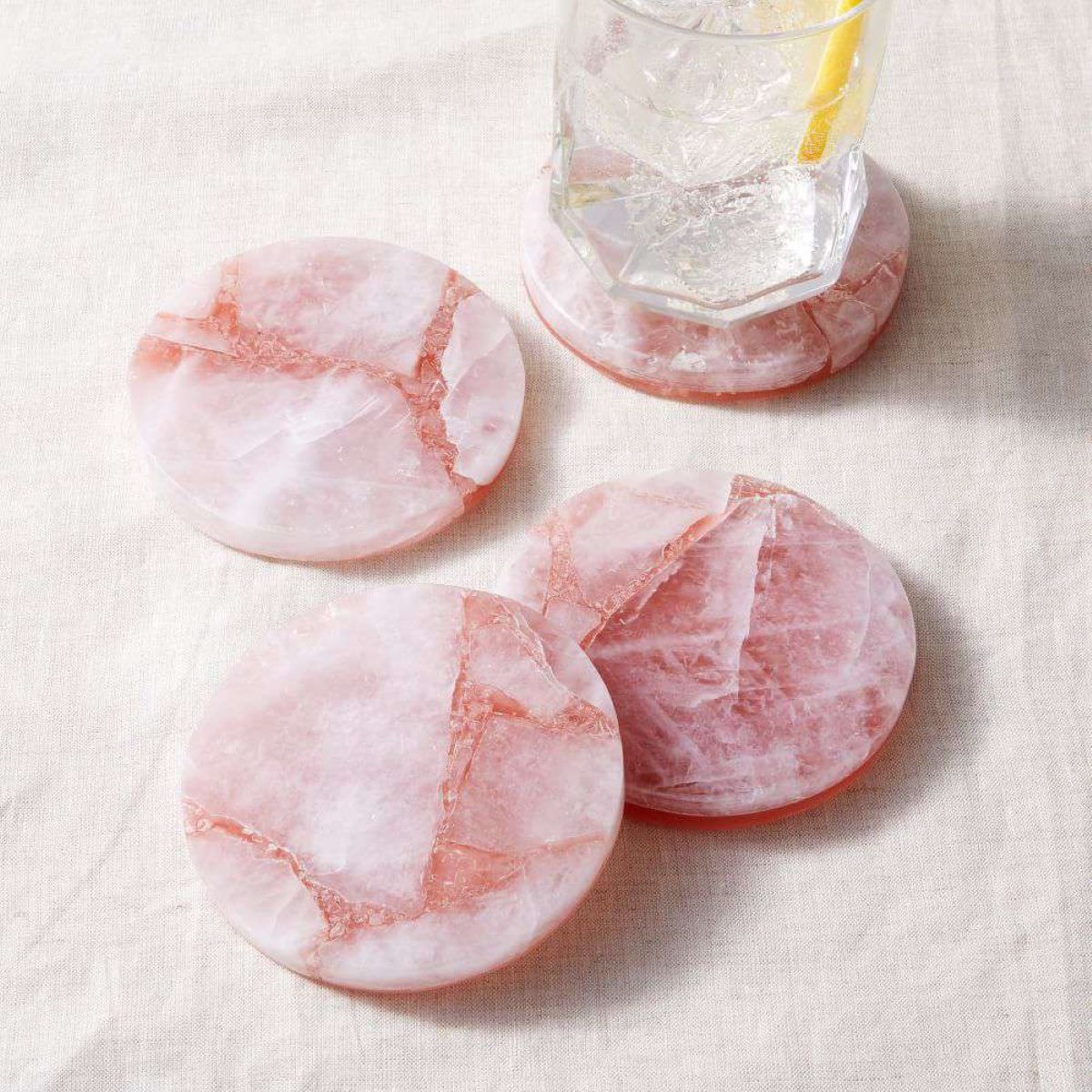
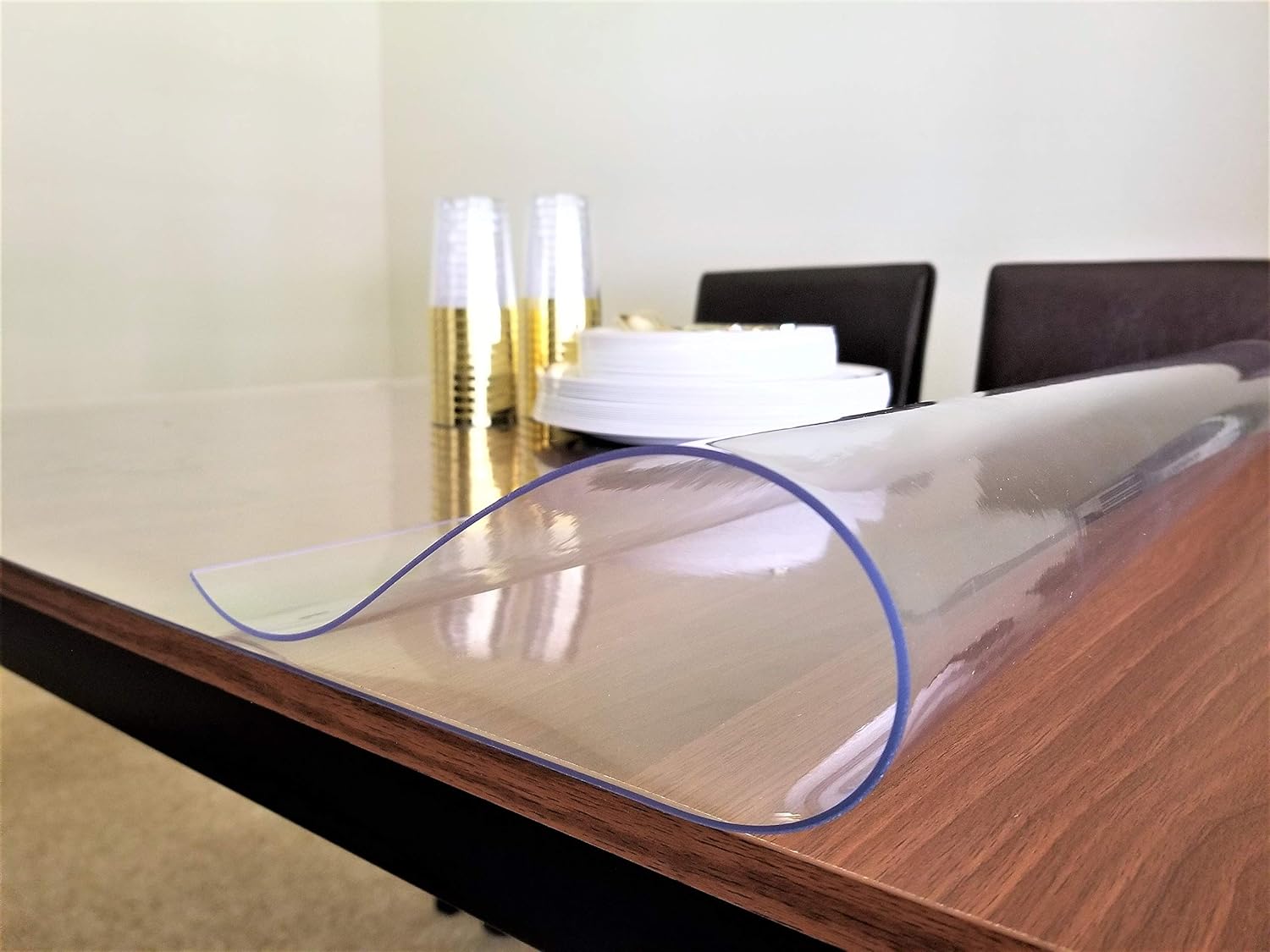
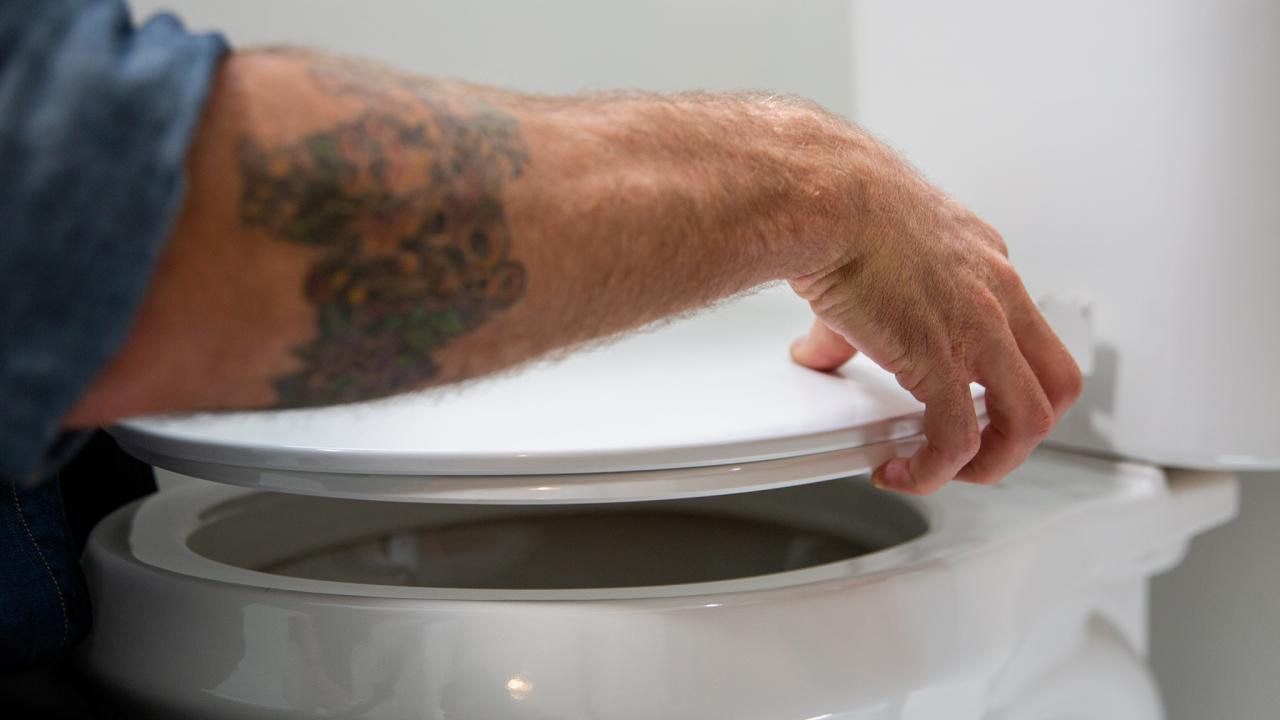
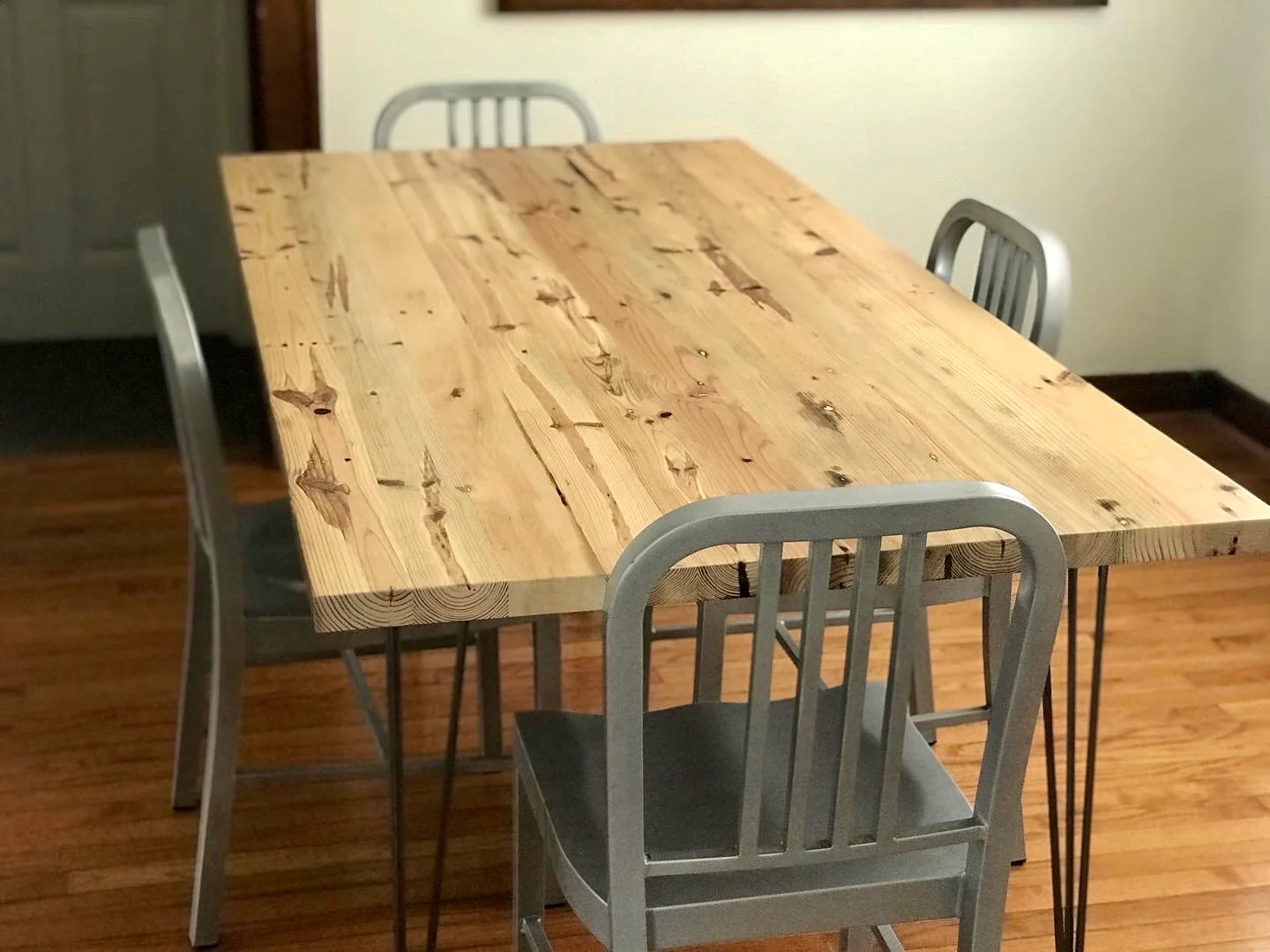
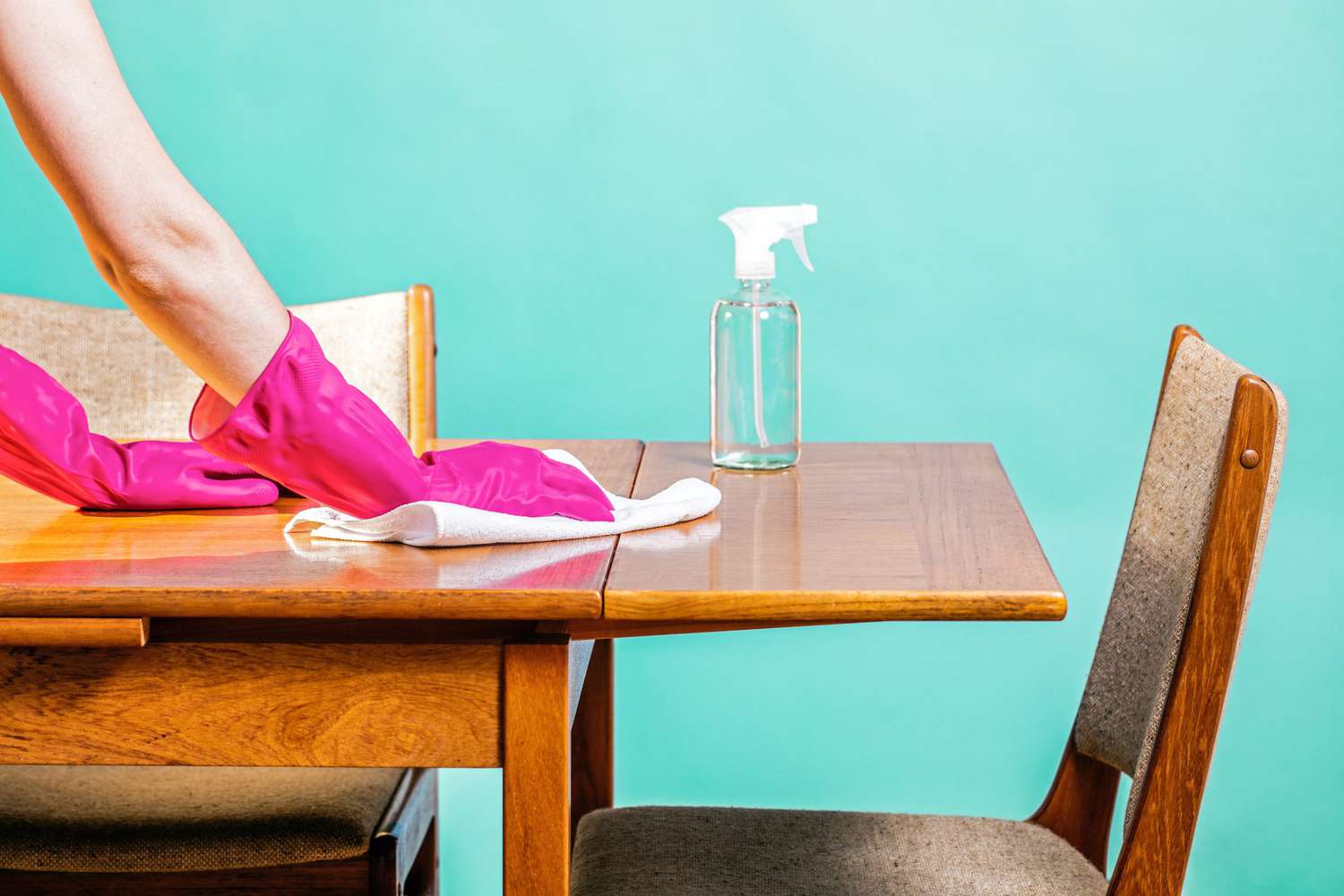
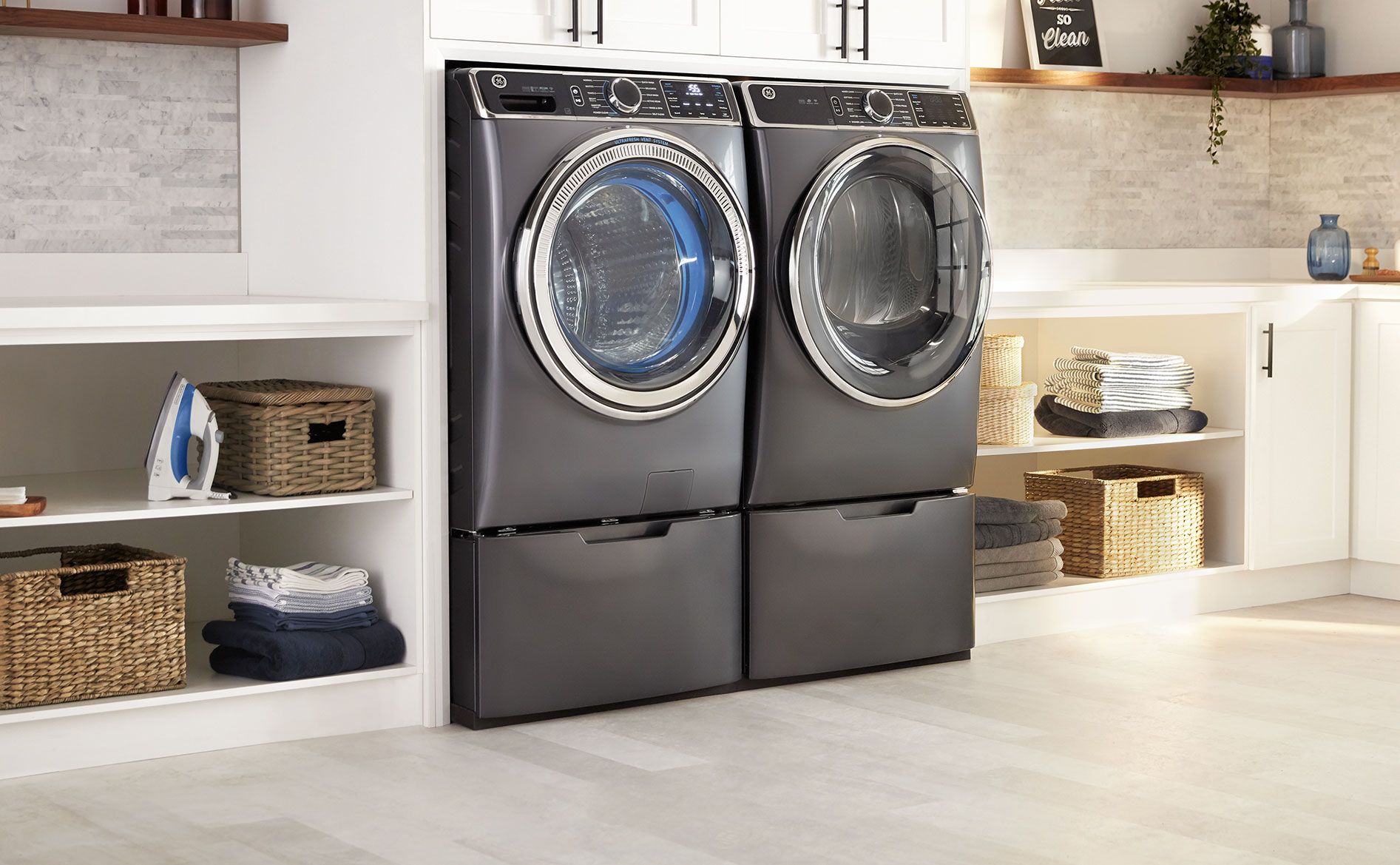
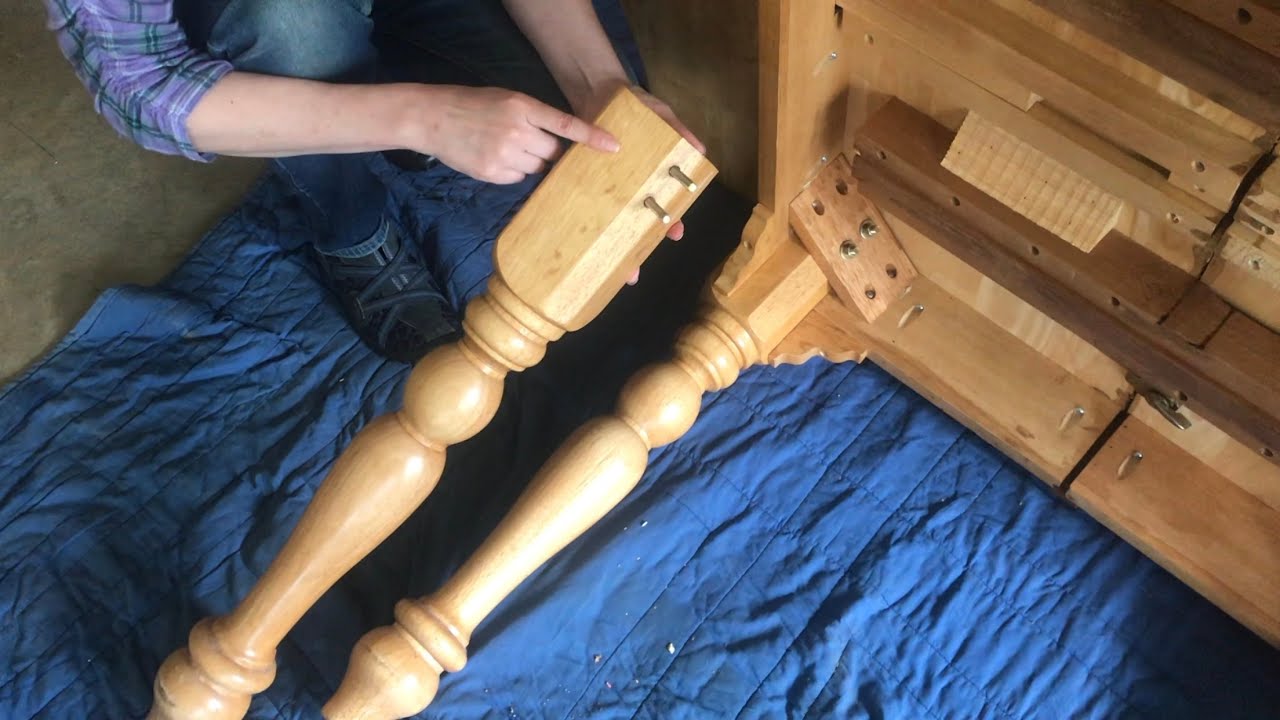
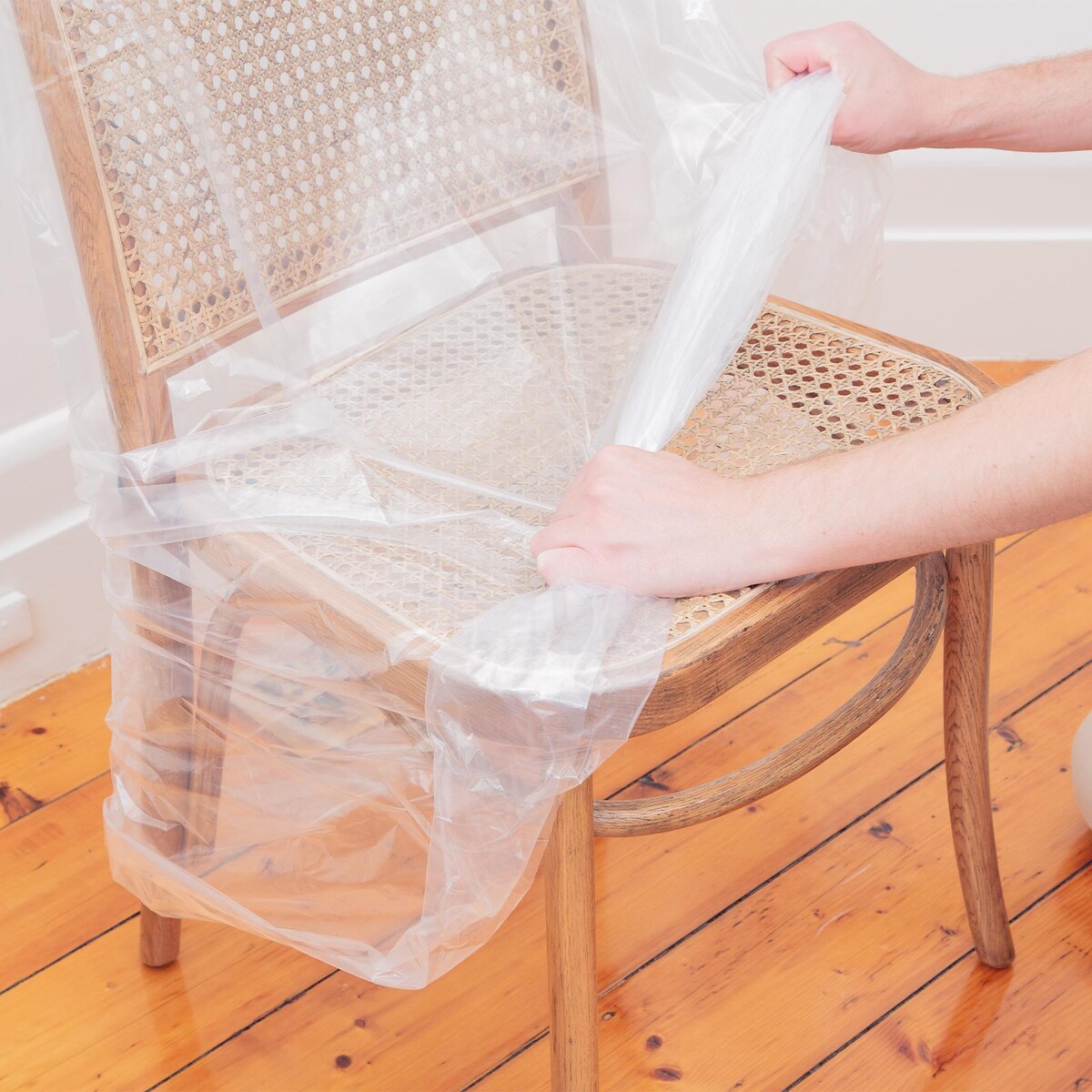
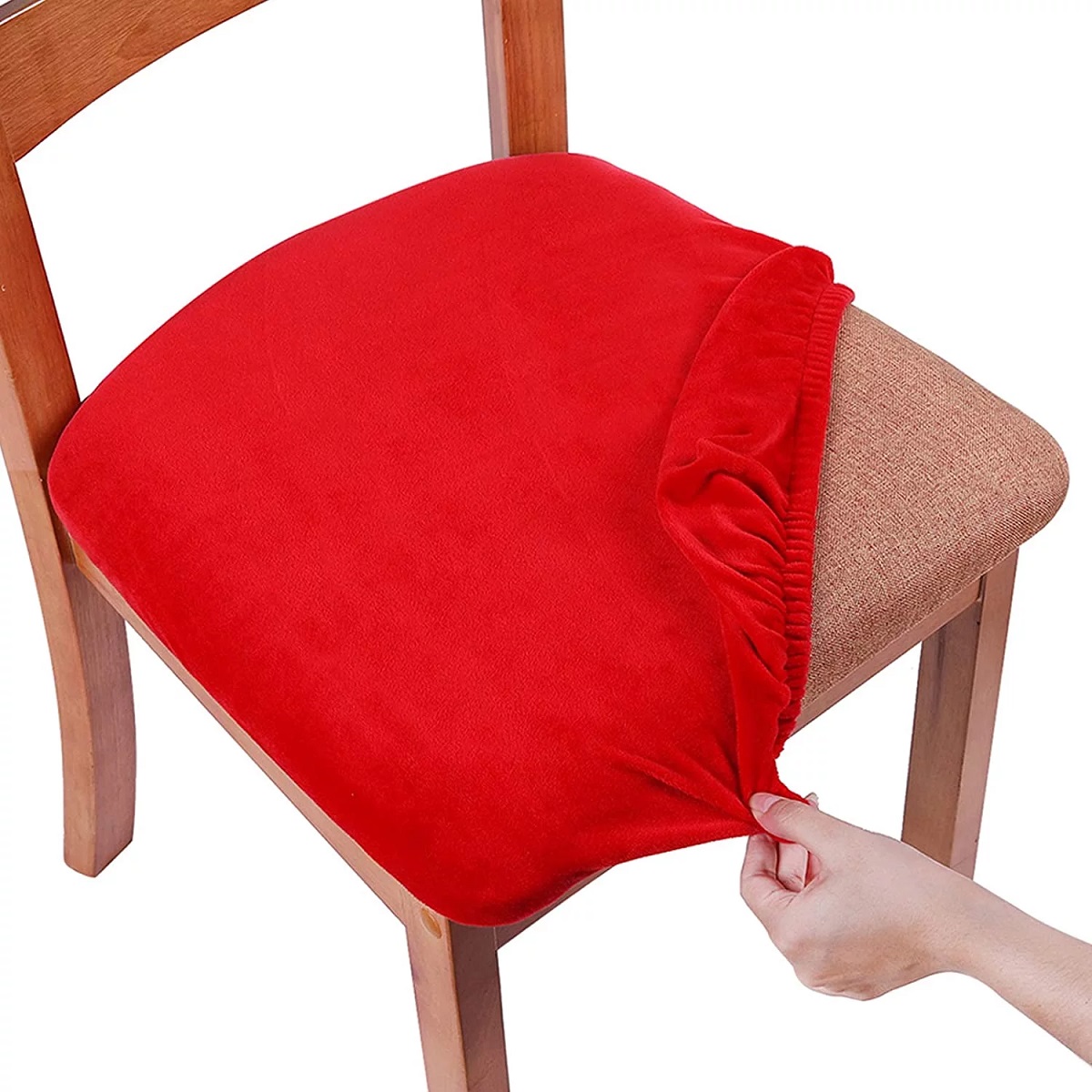
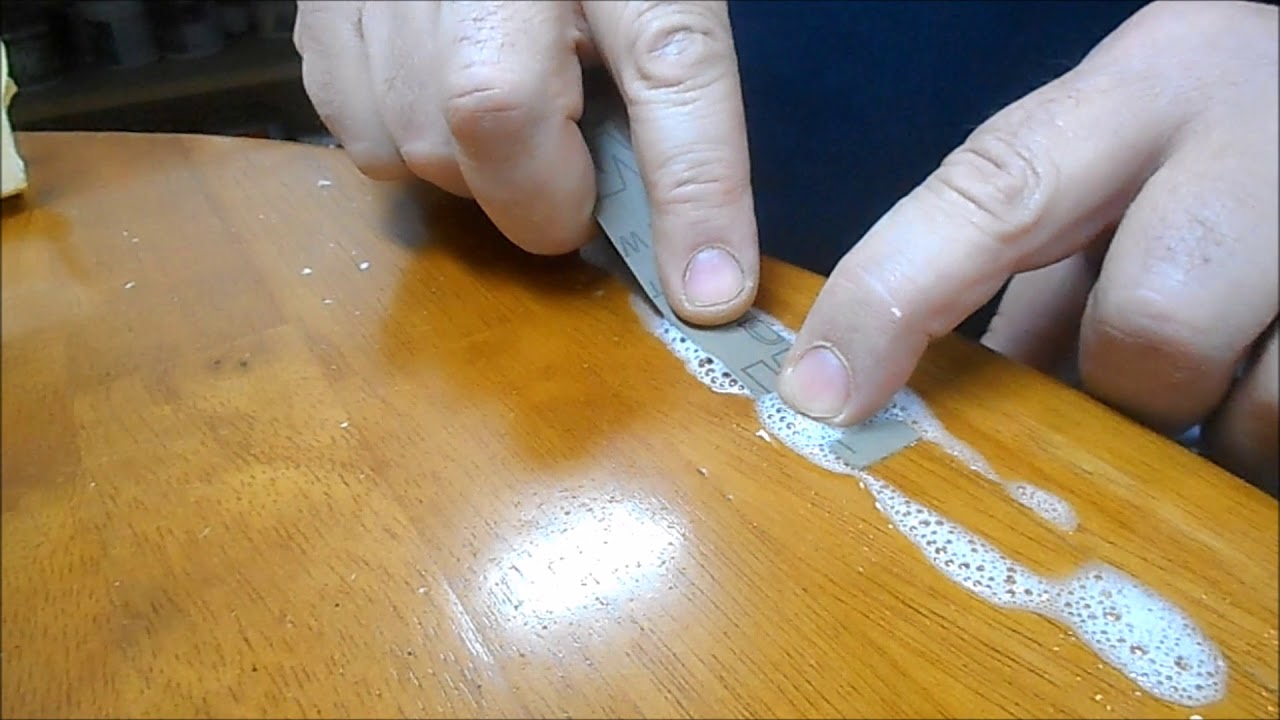
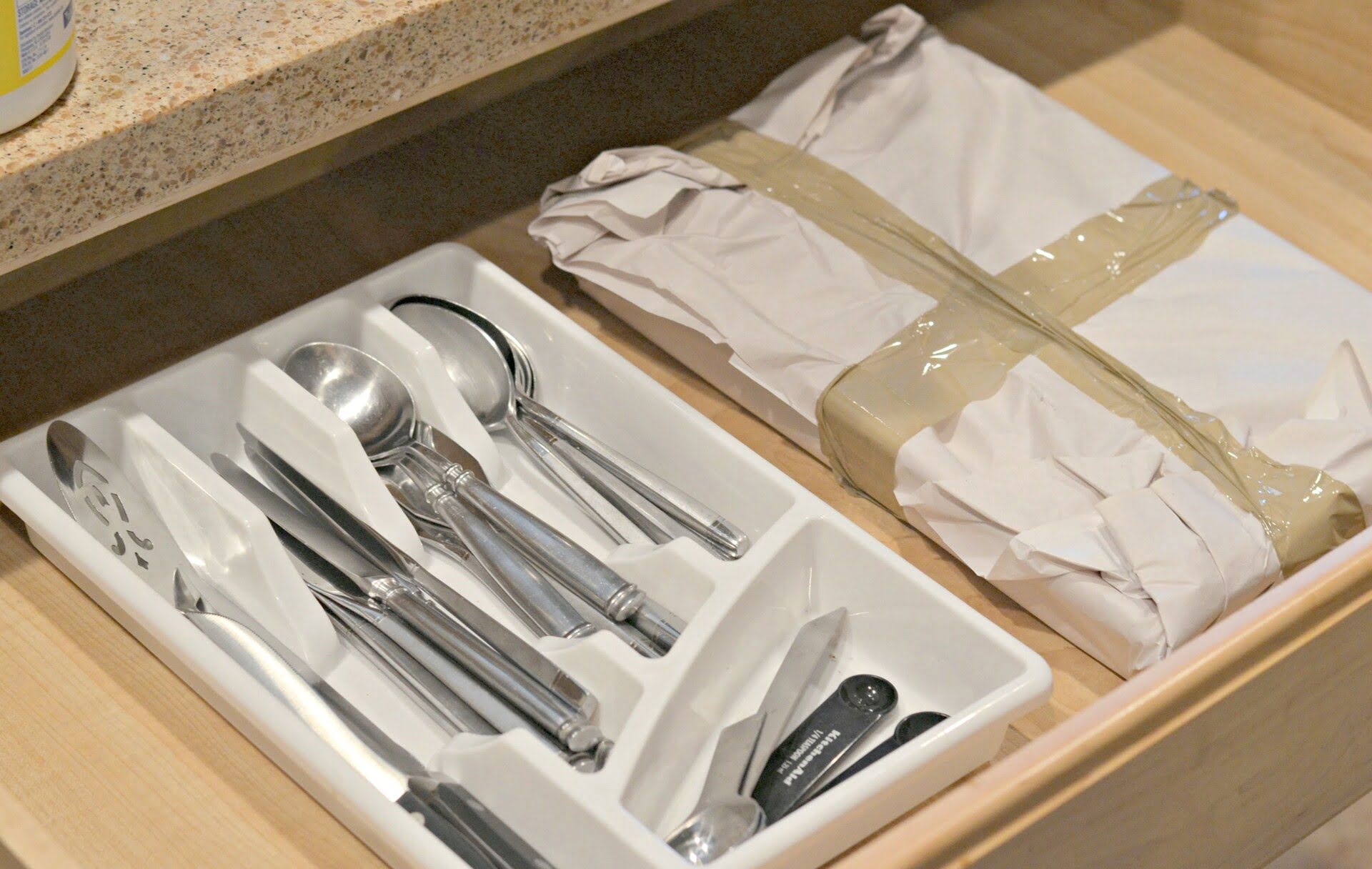
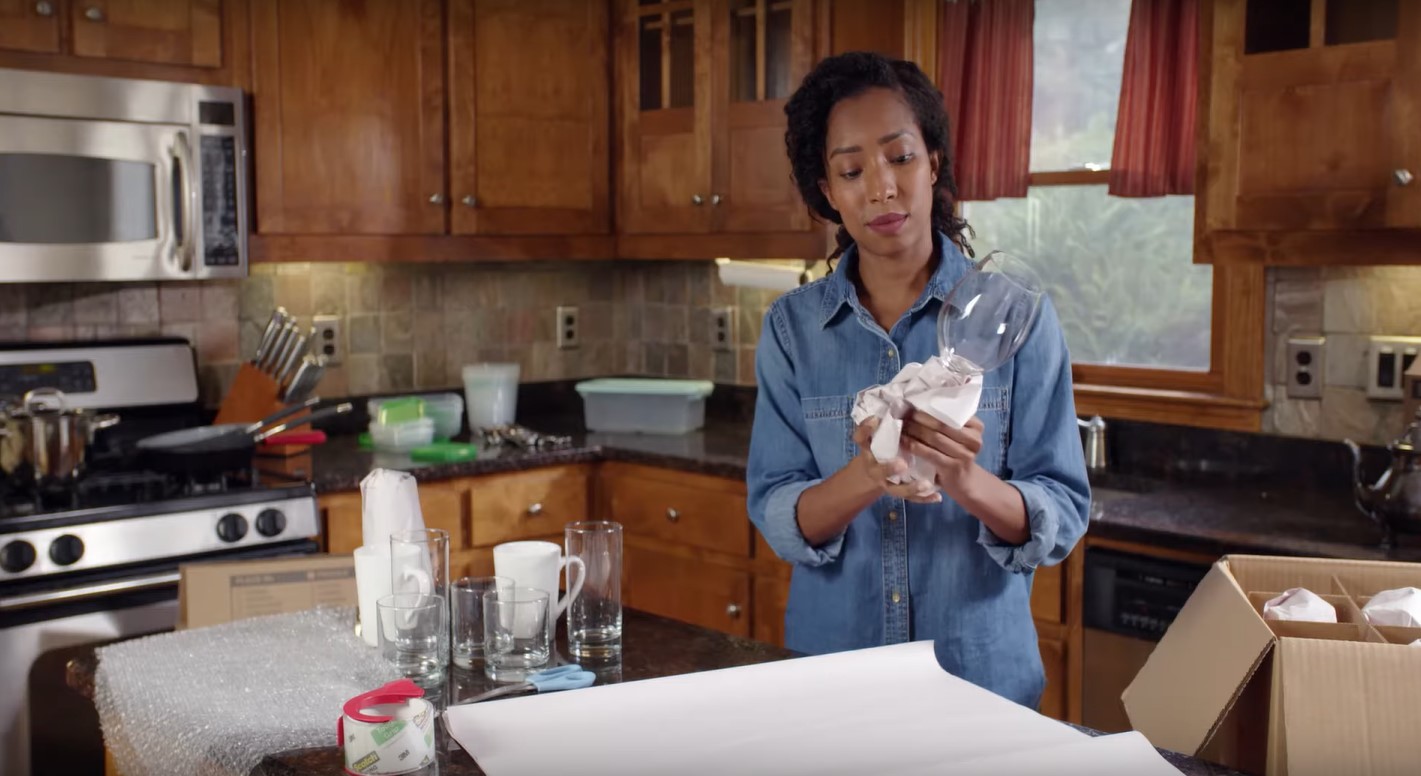

0 thoughts on “How To Stop A Dining Table From Moving”